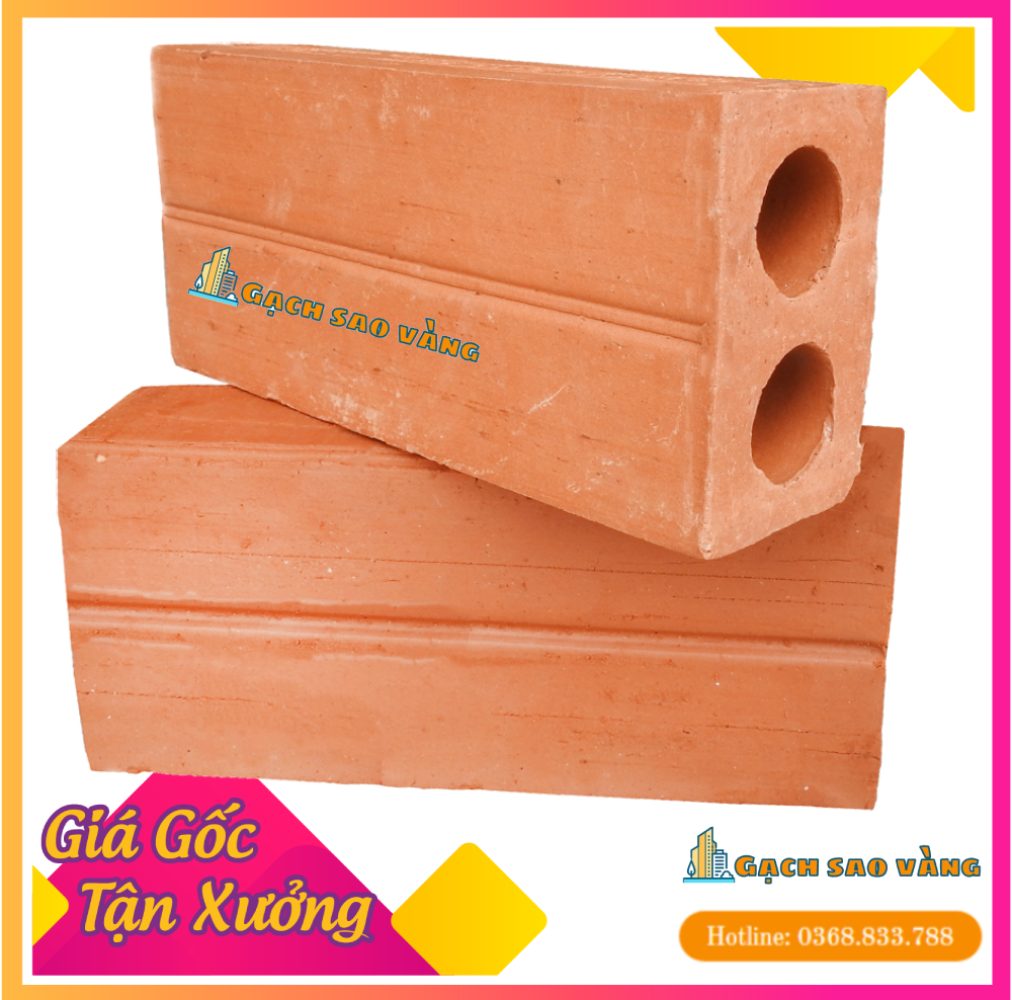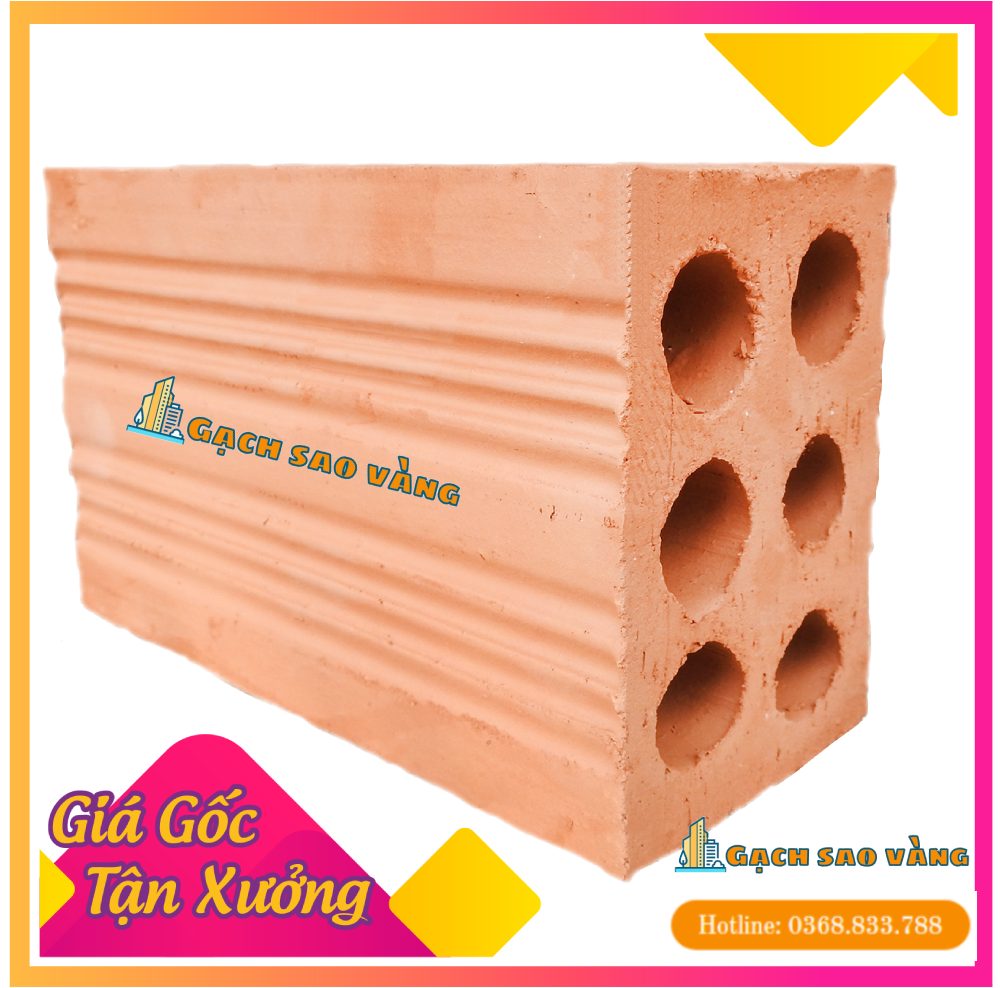When you use hatching in one section of your drawing, it seems darker or has shadows, whilst other regions are highlighted. Graphite pencils are available in a variety of grades, including soft black, hard, hard black, and firm. When drawing, it produces dark and soft strokes or more firm and precise lines.
See Gouraud shading, Phong shading, texture mapping, ray tracing and rapid prototyping. Rendering or image synthesis is the process of generating a photorealistic or non-photorealistic image from a 2D or 3D model by means of a computer program.[citation needed] The resulting image is referred to as the render. Multiple models can be defined in a scene file containing objects in a strictly defined language or data structure. The scene file contains geometry, viewpoint, texture, lighting, and shading information describing the virtual scene.
Character and Creature Renderings:
The shaded three-dimensional objects must be flattened so that the display device – namely a monitor – can display it in only two dimensions, this process is called 3D projection. This is done using projection and, for most applications, perspective projection. The basic idea behind perspective projection is that objects that are further away are made smaller in relation to those that are closer to the https://deveducation.com/en/blog/ eye. Programs produce perspective by multiplying a dilation constant raised to the power of the negative of the distance from the observer. High dilation constants can cause a “fish-eye” effect in which image distortion begins to occur. Orthographic projection is used mainly in CAD or CAM applications where scientific modeling requires precise measurements and preservation of the third dimension.
In digital rendering, an example would be a realistic rendering populated with hand-sketched people and trees. This style of rendering has no intention of achieving realism, and instead opts for a more expressive, illustrative representation made of solid colors and less detailed objects. In architectural rendering, a collage is a way to represent a space using an abstract combination of textures, trees, and cutout people. Architectural visualization, commonly referred to as ArchViz, includes modeling, rendering, graphics, diagrams, layouts, and other illustrations that help explain the design more effectively. Although architectural rendering is a component of the broader field of visualization, the terms refer to different tasks with slightly different goals in mind.
A Full Understanding of 3D Rendering Types
Other programs use rasterized rendering to create images, and these images can be generated in a matter of minutes. Apart from the natural sunlight, light can be emitted from cars, streetlights, signs, and interior lighting. When the scene is illuminated to your liking, you can move on to the actual rendering phase.
Its applications are diverse, and it continues to push the boundaries of creativity and innovation. Whether you’re an architect, filmmaker, or entrepreneur, embracing the power of 3D rendering can elevate your designs, simulations, and visualizations to new heights. Character and creature renderings play a pivotal role in the world of animation, gaming, and visual effects. Artists create digital characters, whether human, fantastical creatures, or anthropomorphic beings, and bring them to life through 3D rendering techniques. These renderings encompass everything from modeling and texturing to rigging and animation, resulting in lifelike and expressive characters.
Rendering methods
If you’re planning an event or want to display your brand name in the most powerful way possible with lobby signs or building signs, then rendering is a crucial part of the process. The images are usually high-resolution with specific characteristics and scales included. This helps the customer determine whether they want to move on to the production phase. For better application in your industry, a full understanding of how 3D rendering works is critical. Here are a series of phases that are integral for 3D rendering applications.
- There have also been recent developments in generating and rendering 3D models from text and coarse paintings by notably Nvidia, Google and various other companies.
- Information and resources addressing the professional architectural environment and industry.
- Instead of having to remold a totally new model, rigging lets the artist relocate certain portions of one.
- This can mean manually plotting the vanishing points for hand-drawn renderings, or setting the cameras in a 3D model.
- Essentially, the rendering process tries to depict a continuous function from image space to colors by using a finite number of pixels.
- It is also one of the most difficult styles to achieve due to hardware, software, and time constraints.
Below, you’ll find a basic comparison for “what is 3D modeling and rendering” to comprehend what 3D modeling is used for as opposed to 3D rendering. 3D rendering is widely used in serious business spheres such as corporate branding, advertisement, marketing, and construction. Having a thorough knowledge about the technique will enable you to optimize it for your needs. This article will give you insight into the essentials of what 3D rendering is. In addition to the resources listed in this article, there are plenty of other great blogs and websites to learn from.
Sports and entertainment venues are provided with see-through and overlay content through tracked camera feeds for enhanced viewing by the audience. Examples include the yellow “first down” line seen in television broadcasts of American football games showing the line the offensive team must cross to receive a first down. CGI is also used in association with football and other sporting events to show commercial advertisements overlaid onto the view of the playing area. Sections of rugby fields and cricket pitches also display sponsored images. Swimming telecasts often add a line across the lanes to indicate the position of the current record holder as a race proceeds to allow viewers to compare the current race to the best performance. Computer-generated imagery has been used in courtrooms, primarily since the early 2000s.
The additional hatching will occur perpendicularly to create the illusion of woven fabric or a basket motif. Some people believe that scribbling is a bad habit for adults, yet it is the finest approach for art aficionados to enhance their sketching talents. The process by which a computer system systematically examines data from a coded source of data in order to turn that information into and show a picture is referred to as visual rendering. In distribution ray tracing, at each point of intersection, multiple rays may be spawned. In path tracing, however, only a single ray or none is fired at each intersection, utilizing the statistical nature of Monte Carlo experiments. Another distinction is between image order algorithms, which iterate over pixels of the image plane, and object order algorithms, which iterate over objects in the scene.




